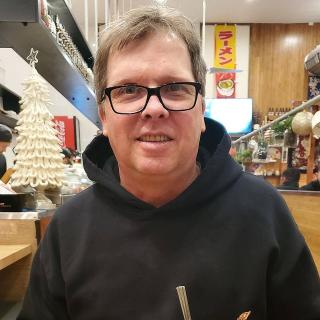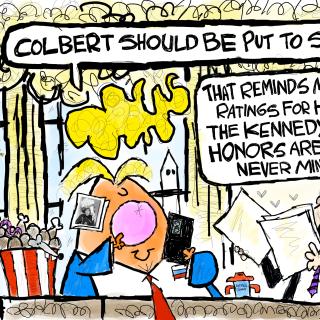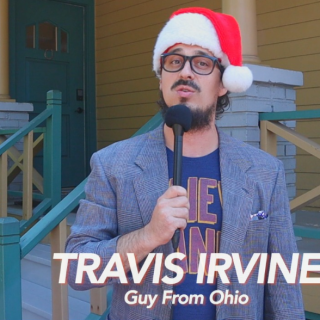Advertisement
The current Wexner Center “Blues for Smoke” Exhibit comes to Columbus at a time when Contemporary Art Centers such as the MOMA and artists such as Jean-Michel Basquiat are referenced by Rick Ross, Jay Z, Lil Wayne and Kanye West over rap radio outlets 100 x's a day. My wishful thinking is that more people can afford the admission at the Wexner vs. buying an expensive luxury car, so art is about to be embraced by the masses.
I did not have a private jet to fly to “Blues For Smoke” prior showings at MOCA in L.A. or the Whitney in New York so I can not determine the effect of rap influence on the draw of Basquiat’s piece in “Blues for Smoke” from 1984.
However at the Columbus showing of “Blues For Smoke,” which contains the work of 40 Artists who have created art from the 1950s to the present, anyone can observe the effect of the Blues and Jazz on Contemporary America and therefore the relevance of someone like Basquiat to the aforementioned rappers in obvious.
The Wex’s “Blues for Smoke” Basquiat piece is so big that one could have an after party for it at Long Street and charge 45 bucks for it’s celebrity appearance here in the C-O.
Admission to “Blues for Smoke” is $8 for adults, $6 for seniors and free for members and OSU students with college ID. The Wexner Center is open everyday except Monday. The Wex’s hours on Tuesday, Wednesday and Sunday are 11am-6pm and Thursday through Saturday 11am-8pm.
David Hammons is an artist I wish rappers would start referencing. Hammons has a couple pieces in “Blues for Smoke.” He's an accomplished and elusive African-American artist who put in a lot of work during the 70s and 80s in NYC.
Hammons’ “Chasing the Blue Train” 1989 installation showcases a blue train going around corners and through a coalmine while two boomboxes play Thelonious Monk and John Coltrane simultaneously. Hammons’ installation very aptly express the pain and labor that the evolution of blues and jazz stems from. “Chasing the Blue Train” says in a nutshell: “Black people escaped slavery through the underground railroad to work in terrible conditions in coal mines to eventually migrate to shitty jobs in Harlem they take the Blue Line Subway to.”
The work never ends and music gets you through the day.
The beauty of “Blues for Smoke”: each piece can be taken separately or, on a psychoanalytic level, be taken in together to absorb the unconscious mixed feeling of beauty and anguish that the blues inevitably conjures.
One can walk into Rodney Mcmillan's “From Asterisk in Dockery” which is a red vinyl church after listening to Junior Kimbrough’s “Meet Me in the City” and think about Kari Walker’s “Fall From Grace Miss Pipi's Blue Tale,” a video that uses puppets to detail a slavemaster’s wife seducing a black man and then lying on his dick until he gets it cut off. Next to Walker’s film are William Eggleston’s pretty photos of Southern foliage.
After leaving McMillian’s church you can watch episodes of “the Wire” and let your mind wonder about time, place, oppression, poverty, interconnectedness and the spirituality of both the antebellum south and post-industrial urban areas that created both blues and jazz.
There is also conversation about the translation of black culture to us whitefolk. Renee Green’s 1992 “The Import/Export Funk Office” which an installation comprised of items the Cleveland native found in German intellectual Diedrich Diederichsen’s home next to translations of slang from the time in German. Diederichsen’s possessions amount to back issues of the Source, rap classics like De La Soul is Dead on cassette and Black Power paperbacks you can buy at Half-Price bookstore. Things you would find in any Hip Hop head’s room from 89-91.
While these are some of the highlights I haven’t touched on the Billy Holiday photos, family portraits, text based art, black abstract expressionist paintings, jazz peformances, music videos from the likes of Minor Threat and Lil B that one can spend hours on end exploring at “Blues For Smoke.”
“Blues For Smoke” will be on display from now until December 29th at the Wexner Center.



